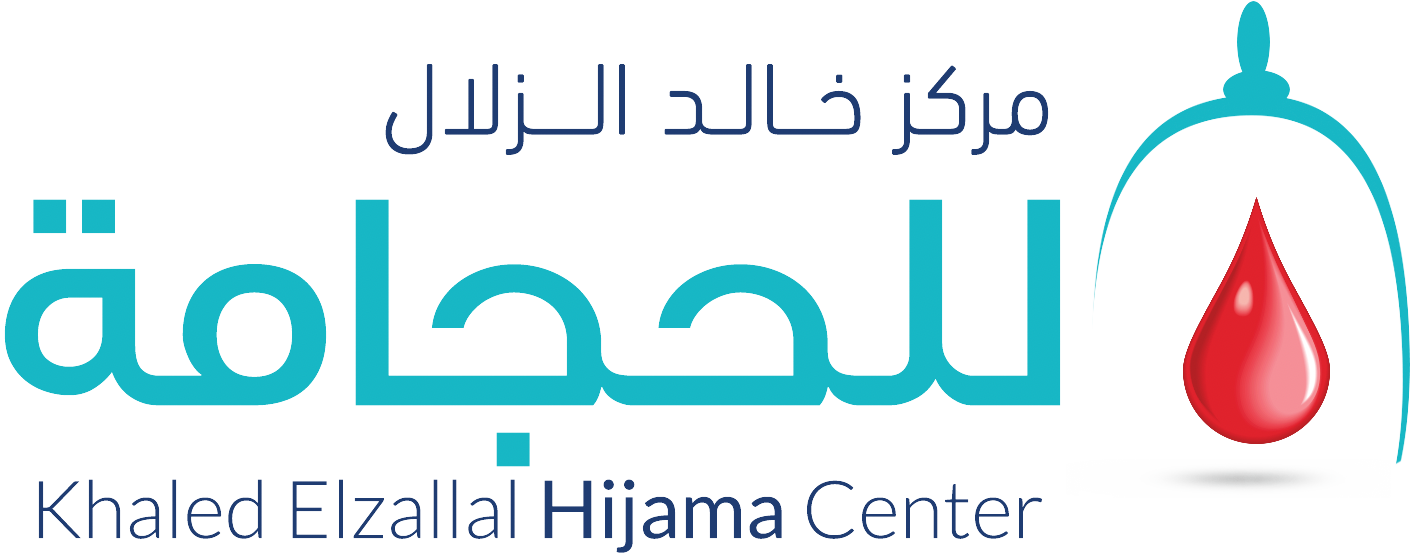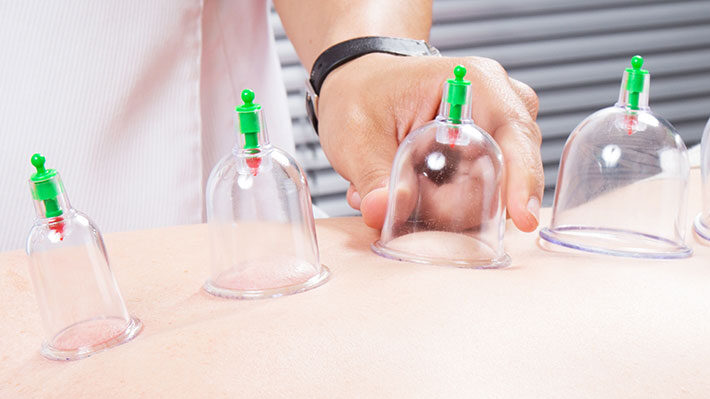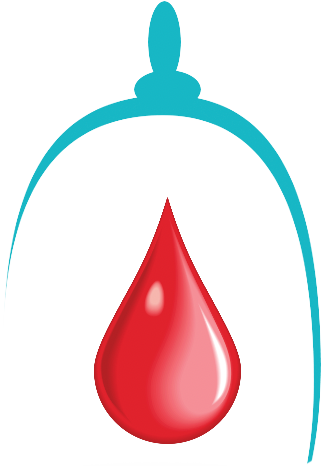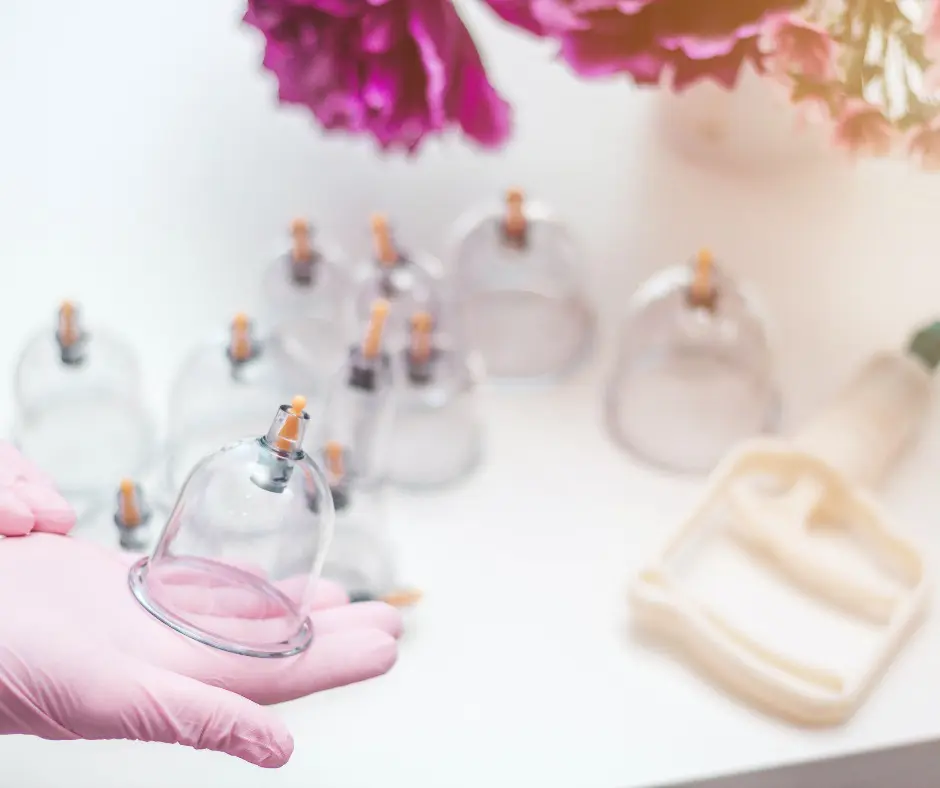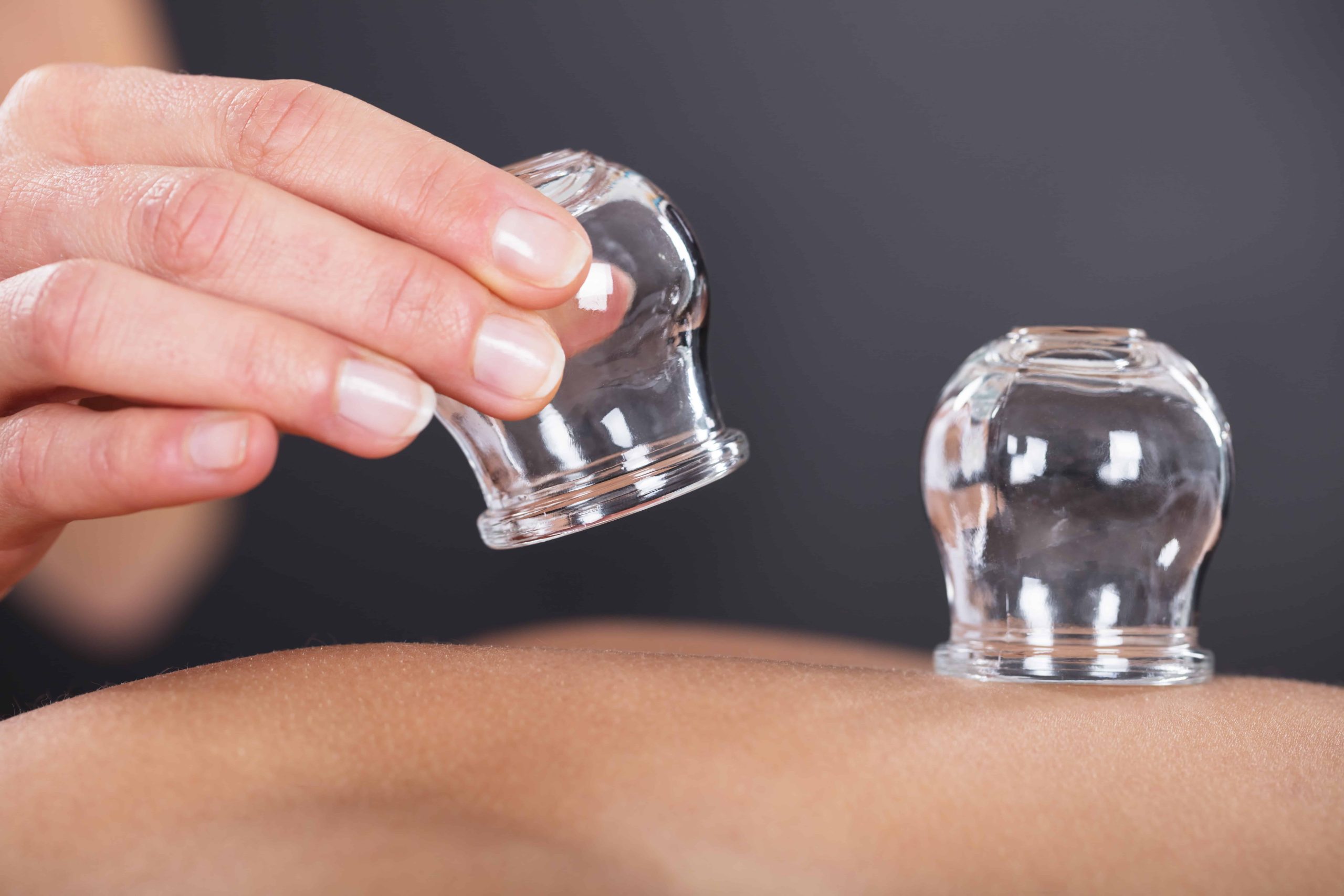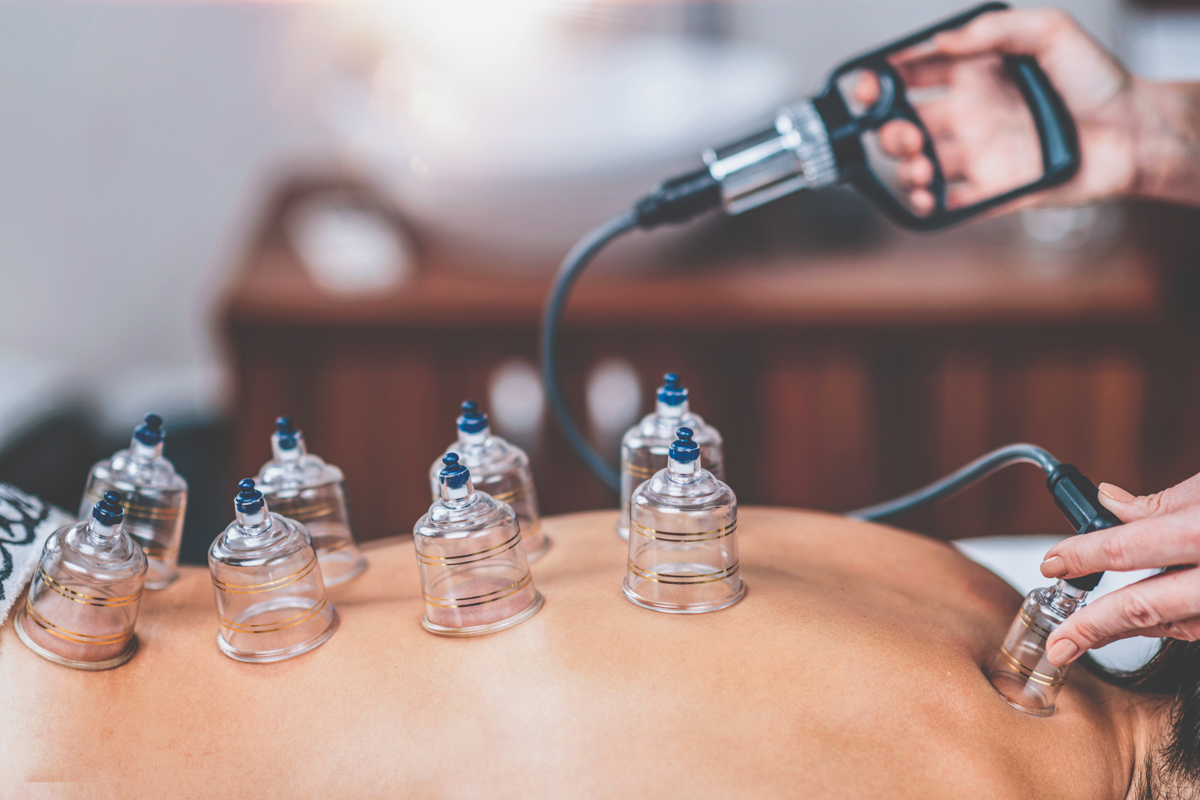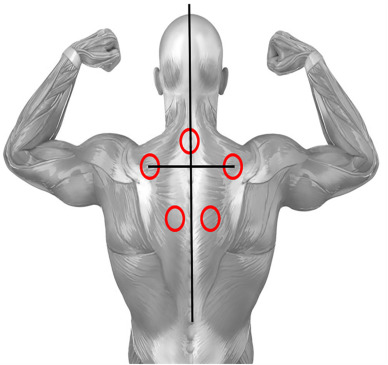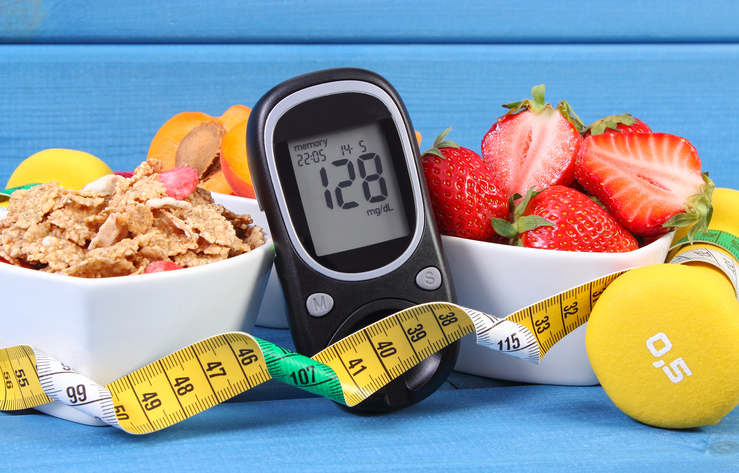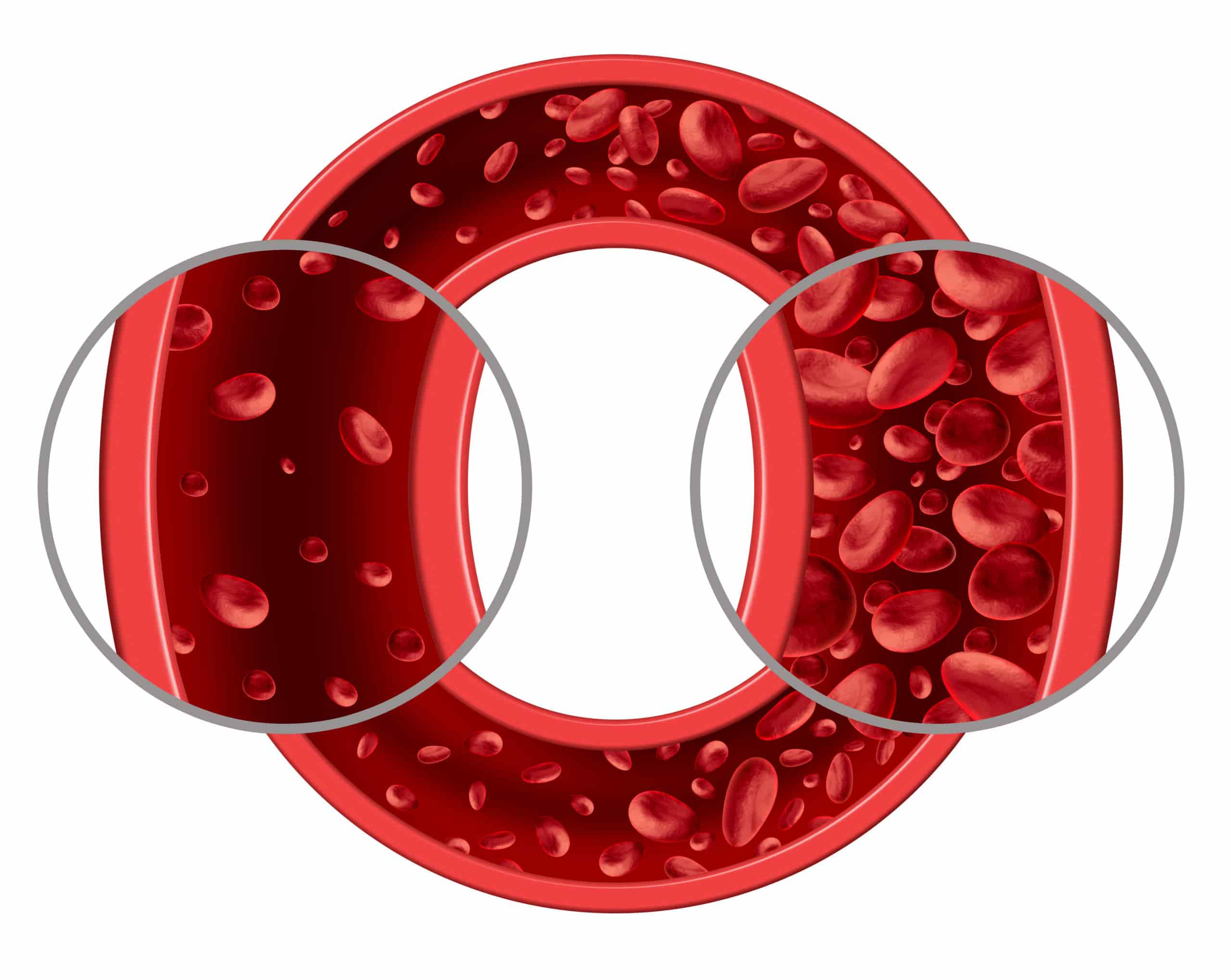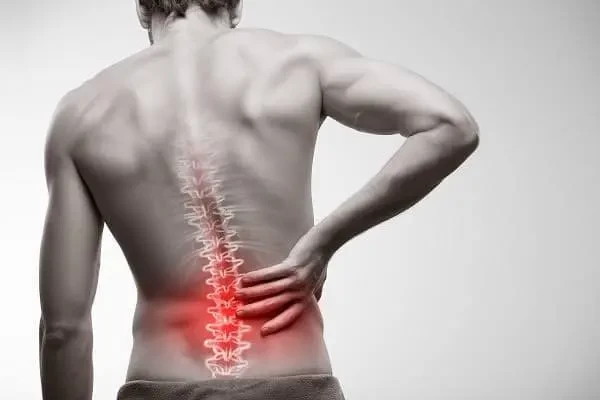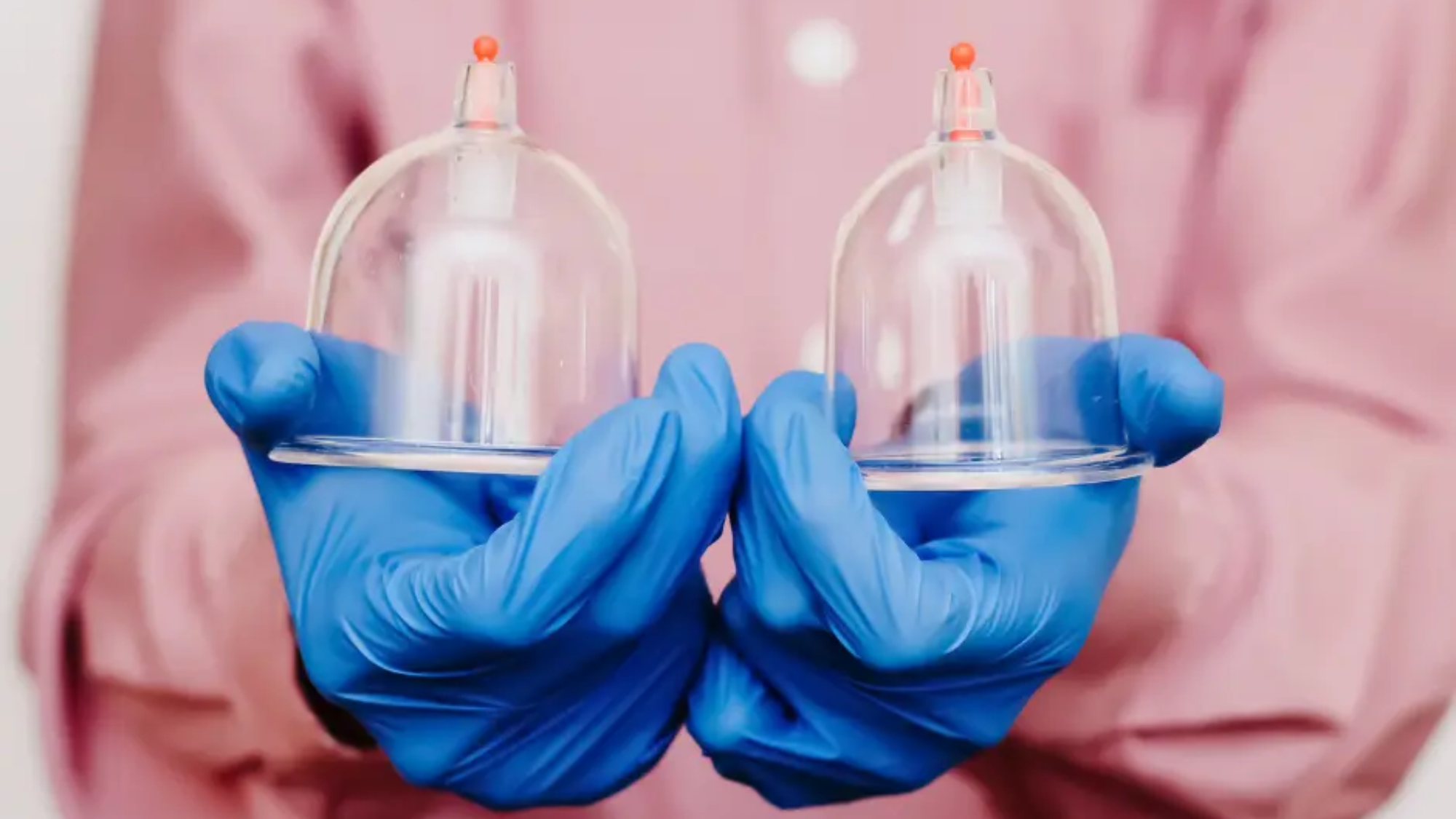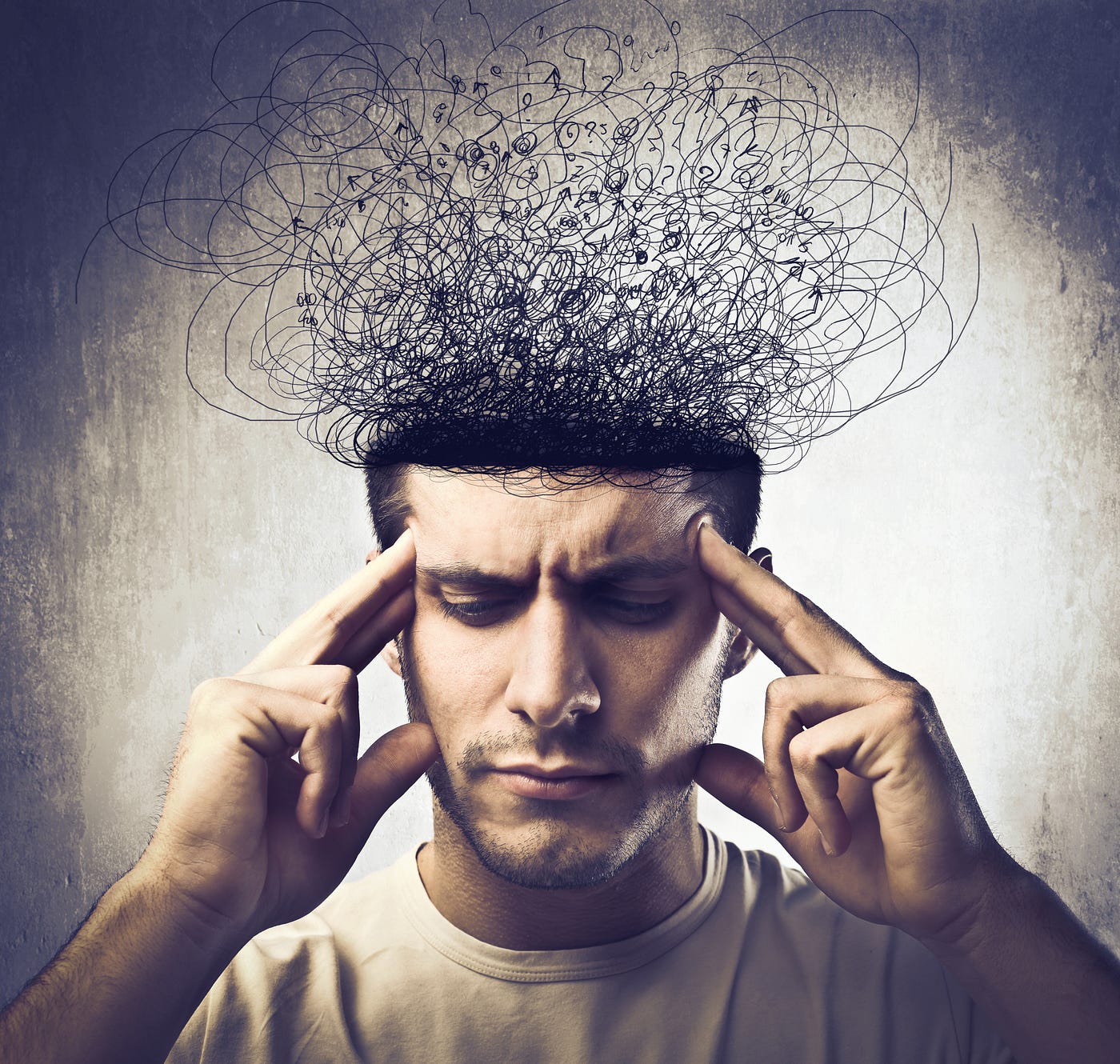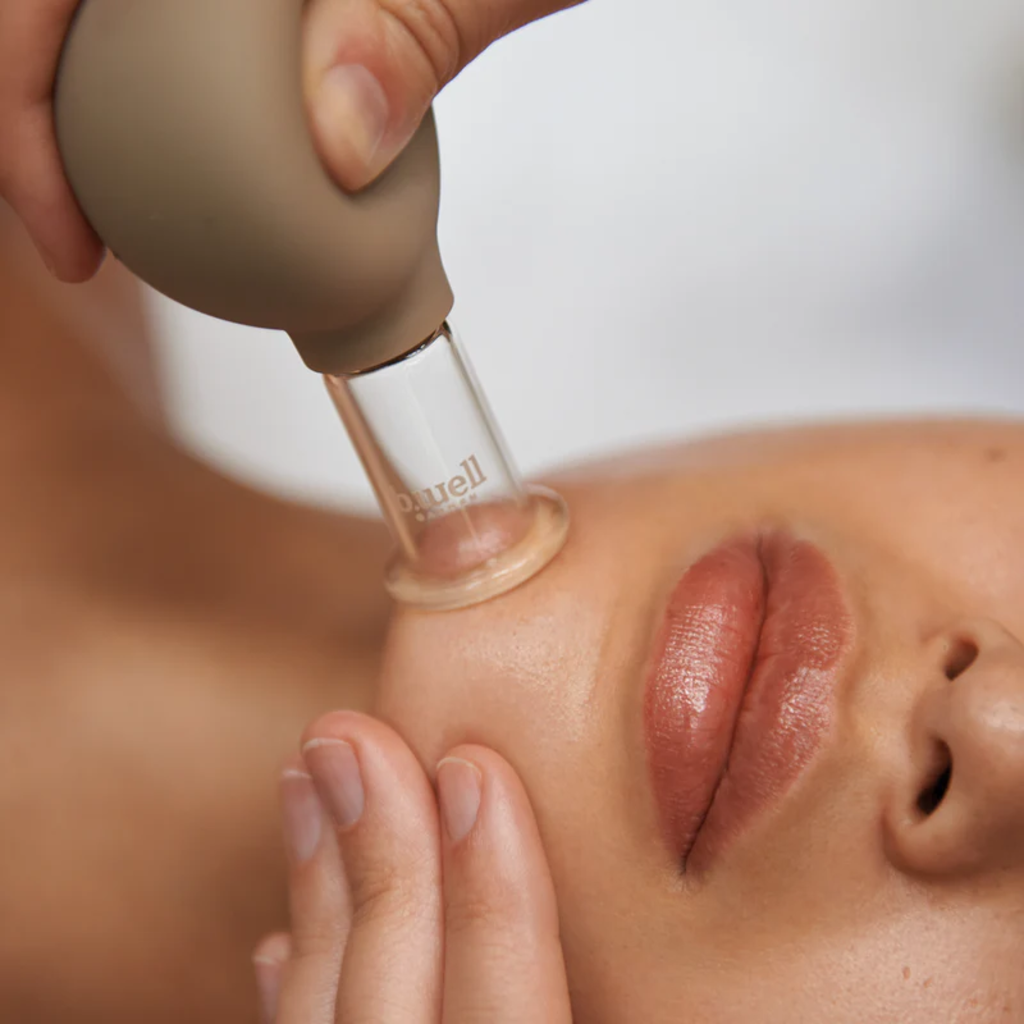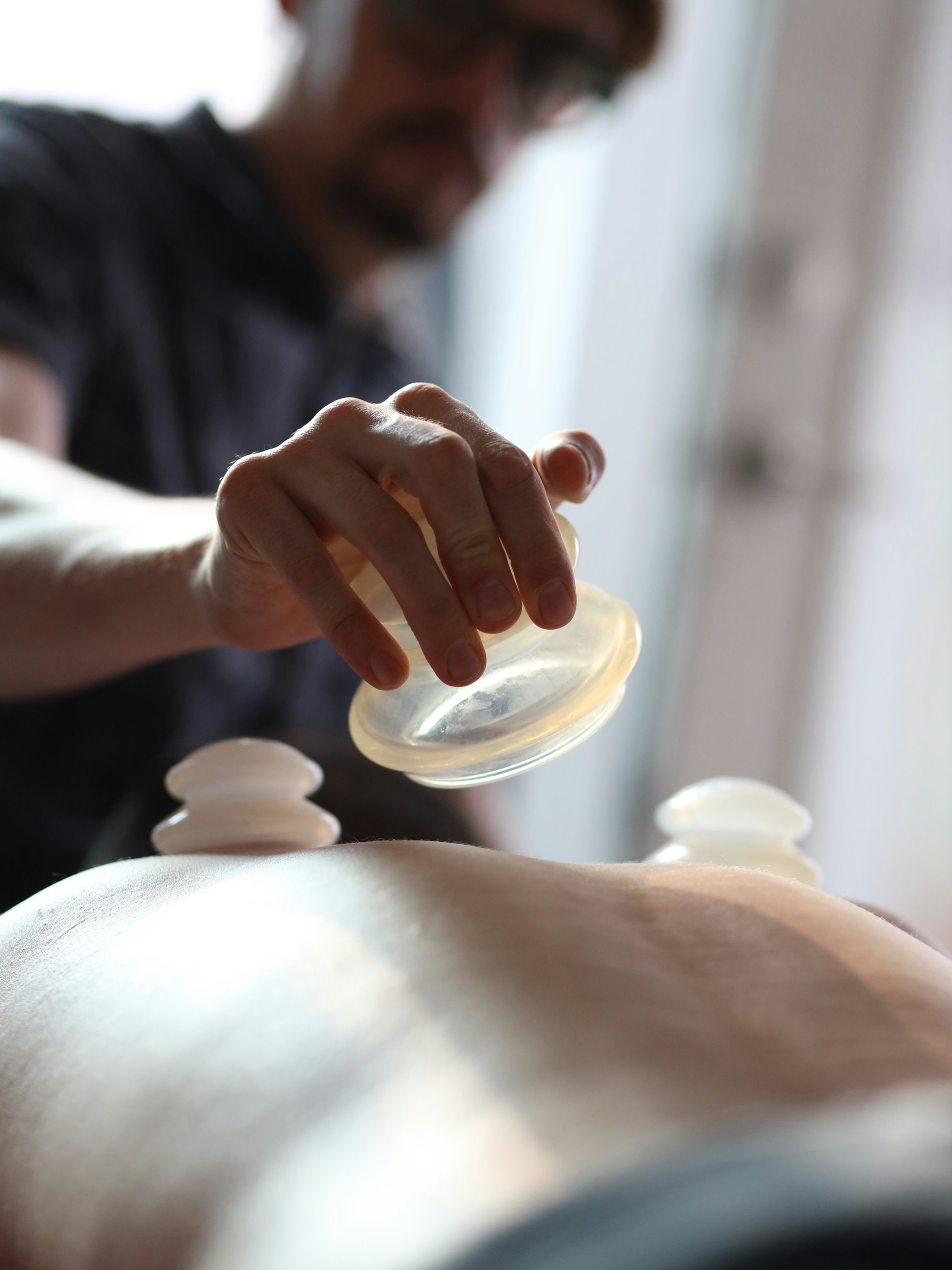A Unique Introduction:
Arterial hypertension is one of the most prevalent chronic diseases worldwide, affecting an estimated 15% to 20% of populations in developed societies. However, statistics indicate that a significant proportion of these individuals remain undiagnosed, primarily due to the silent nature of the disease. There may be no clear symptoms, especially in the early stages or in cases of mild to moderate hypertension.
Understanding Arterial Hypertension:
Blood pressure is defined as the force exerted by the blood on the walls of the arteries during its flow. It is measured in two values: systolic pressure (the higher value), which represents the pressure during the heartbeat, and diastolic pressure (the lower value), which represents the pressure between heartbeats. Blood pressure is considered high if either of these values exceeds 140 mmHg for systolic pressure or 90 mmHg for diastolic pressure. Blood pressure is usually measured using a traditional device that provides readings in millimeters of mercury or by electronic devices, which may be less accurate and require periodic calibration.
Types and Causes of Arterial Hypertension:
Arterial hypertension is classified into two main types:
Primary (Essential) Hypertension: This is the most common type, accounting for about 90% to 95% of cases. It is not attributed to a specific disease but is considered a condition of its own, with an unknown exact cause. However, several factors play a role in its development and persistence, such as genetics, obesity, excessive salt intake, psychological stress, and lack of physical activity. It is managed through a healthy lifestyle and antihypertensive medications.
Secondary Hypertension: This type is less common, accounting for about 5% to 10% of cases. It results from certain diseases or the use of specific medications. Examples of causes include:
Kidney diseases.
Adrenal gland tumors (adrenal glands).
Some congenital heart defects.
Side effects of medications such as contraceptive pills.
Side effects of cocaine and amphetamine use.
Chronic, uncontrolled depression.
Treatment for secondary hypertension involves addressing the underlying cause and using antihypertensive medications when necessary.
The Potential Mechanism of Cupping Therapy in Arterial Hypertension: A Unique Perspective:
In the search for complementary approaches to manage arterial hypertension, cupping therapy emerges as a traditional technique that may hold some potential. Although scientific research in this field is still in its early stages, several theories attempt to explain how cupping might impact blood pressure:
The Nitric Oxide Secretion Theory: Nitric oxide is an important molecule that helps dilate blood vessels, leading to a reduction in arterial pressure. Some studies suggest that cupping therapy may stimulate the release of nitric oxide in the body, thus contributing to lowering blood pressure.
The Serotonin Secretion Theory: Serotonin plays a role in mood improvement and stress reduction. It is believed that cupping may contribute to increased secretion of this hormone, indirectly lowering blood pressure through its effects on relaxation and stress reduction.
The Activation of Circulation and Detoxification Theory: Cupping improves circulation in the treated area, aiding in the removal of aged and dead blood cells, deposits, and drug residues. This improved circulation may positively impact the overall condition of the patient and assist in blood pressure management.
Cupping Therapy and Hypertension: Ongoing Exploration:
While the theories above provide possible explanations for how cupping therapy might influence blood pressure, further precise scientific research is needed to confirm these mechanisms and assess the effectiveness of cupping as a supplementary treatment for arterial hypertension. It is important to emphasize that cupping should not be considered a substitute for traditional medical treatments for hypertension but rather explored as a complementary treatment under the supervision of a healthcare professional.
Unique Conclusion:
Arterial hypertension represents a global health challenge that requires a comprehensive approach to management. While research on the role of cupping therapy in treating this condition is still in its early stages, the theories linking it to improved circulation, increased nitric oxide and serotonin secretion, and detoxification open new horizons for exploring its potential as a promising complementary treatment. However, adherence to traditional medical treatments and consultation with specialists remains critical in managing hypertension.

